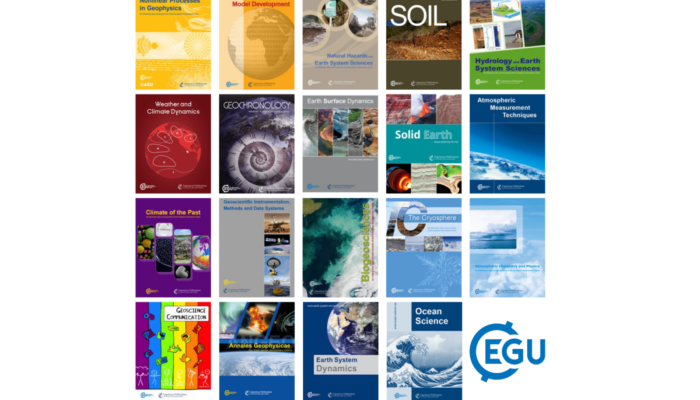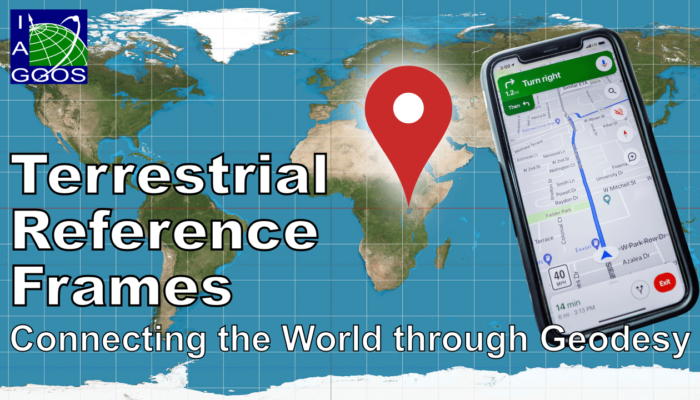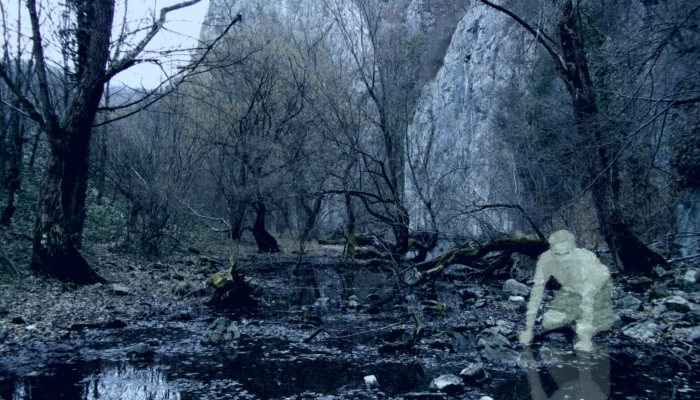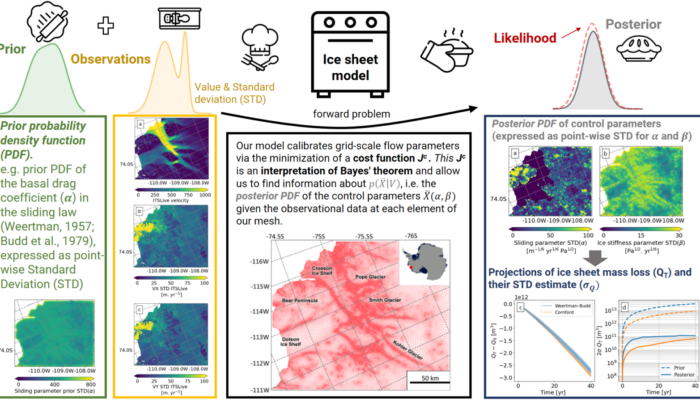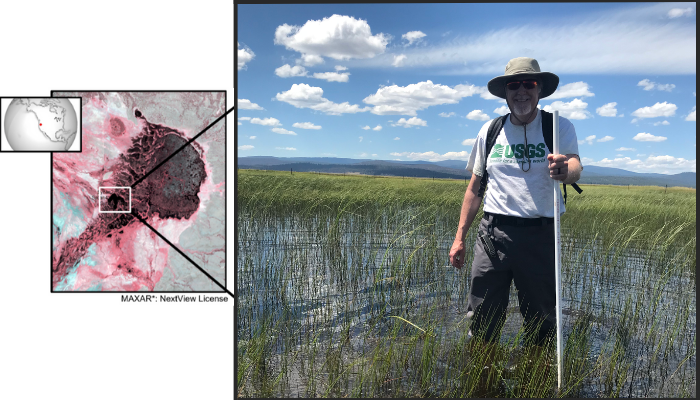Each month we feature specific Divisions of EGU and during the monthly GeoRoundup we put the journals that publish science from those Divisions at the top of the Highlights roundup. For October, the Divisions we are featuring are: Planetary and Solar System Sciences (PS) and Solar-terrestrial Sciences (ST). They are served by the journals: Annales Geophysicae (ANGEO) and Geoscientific Model Develo ...[Read More]
If you didn't find what you was looking for try searching again.
Geodesy
Geodetic reference frames – Why do we need them?
A geodetic reference frame provides the foundation for determining positions on Earth and in space, as well as for reliably quantifying our planet’s changes due to geodynamic processes and ongoing climate change. The ITRF ensures a uniform basis to tackle current and future challenges, including a wide range of location-based applications (navigation, traffic and fleet management, transport ...[Read More]
GeoLog
Swamps may be considered spooky, but is there more than meets the eye?
Swamps are spooky. This is the prevailing notion from the depiction of wetlands – the saturated lands of swamps, bogs, and fens – in the media. From the folktales of Will-o’-the-Wisps guiding travellers astray to the many, many swamp monsters of Scooby Doo, the sign is clear: a scrawled “stay away from here” thrust deep in the mud, writ by centuries of storytellers. As a reputation it’ ...[Read More]
Natural Hazards
Training of Trainers to improve Geological Disasters Resilience in Malaysia
Over the years, we have witnessed a growing number of geological disasters due to climatic shifts. One such disaster is the landslide, and the main culprit of such occurrences can be attributed to intense rainfall coupled with high slope angles, especially in areas previously not expected to be susceptible. In this post we share a successful experience of ‘training of trainers’ in Mala ...[Read More]
Geomorphology
A Day in the Life – Riccardo Reitano
This blog post is part of our series: “A day in the life of a geomorphologist” for which we’re accepting contributions! Please contact one of the GM blog editors, Emily or Emma, if you’d like to contribute on this topic, or others. by Riccardo Reitano, PostDoc Researcher, University of Rome “Roma Tre” Email: riccardo.reitano@uniroma3.it So, this is how I live now. Well, luckily, this is just h ...[Read More]
Cryospheric Sciences
Recipe to quantify calibration errors in a time-dependent ice sheet model
Ice sheet models are awesome tools that help us learn and predict the fate of ice sheets under human-induced climate change. However, all models have errors. What types of uncertainties exist in an ice sheet model and how can we quantify some of them efficiently? Check out our recipe to quantify one type of uncertainty in sea level rise projections: The model calibration error. Not a numerical mod ...[Read More]
GeoLog
GeoPolicy: From research to regulation – unpacking the EU Soil Directive
This month’s GeoPolicy Blog post unpacks the Directive on Soil Monitoring and Resilience, it’s impacts from research to regulation and how scientists can get involved with it. It can be challenging for scientists to understand and engage with the European policymaking process. The intricacies and nuances of the legislative process, with its numerous institutions, committees, and political pr ...[Read More]
Geodesy
EGU Campfire Geodesy – Share Your Research – Seventh Edition
We are finally back with the 7th edition of Geodesy Campfire – Share Your Research. The Geodesy EGU Campfire Events “Share Your Research” give (early career) researchers the chance to talk about their work. We have two exciting talks; the first is by Stacy Larochelle and the second is by Parisa Shafiei. Below you can find detailed descriptions of their talks. We will have time for networking ...[Read More]
Geodynamics
The Sassy Scientist – The lost mug dilemma
You guessed it right, it’s that time of the month when I emerge from my lair, ready to share some of my great wisdom to help you navigate this scorching October. Seriously, my climate crisis depression has me in its grip but I’m here to cool us down a little bit, no worries. So, this week, we tackle Lara’s question: Should I leave academia or apply for a post-doc after my PhD? Dear Lara, You ...[Read More]
Hydrological Sciences
Care to get your boots wet? The ‘Partial Surface Water Challenge’
Inland surface water is a critical resource when scarce and a potential hazard when floods occur. Because the extent of surface water affects habitat condition, weather, and biogeochemical cycles, our ability to accurately track variations in surface water extent is important for resource management, science, commerce, hazard mitigation, and policy making. Openly distributed data derived from sat ...[Read More]

